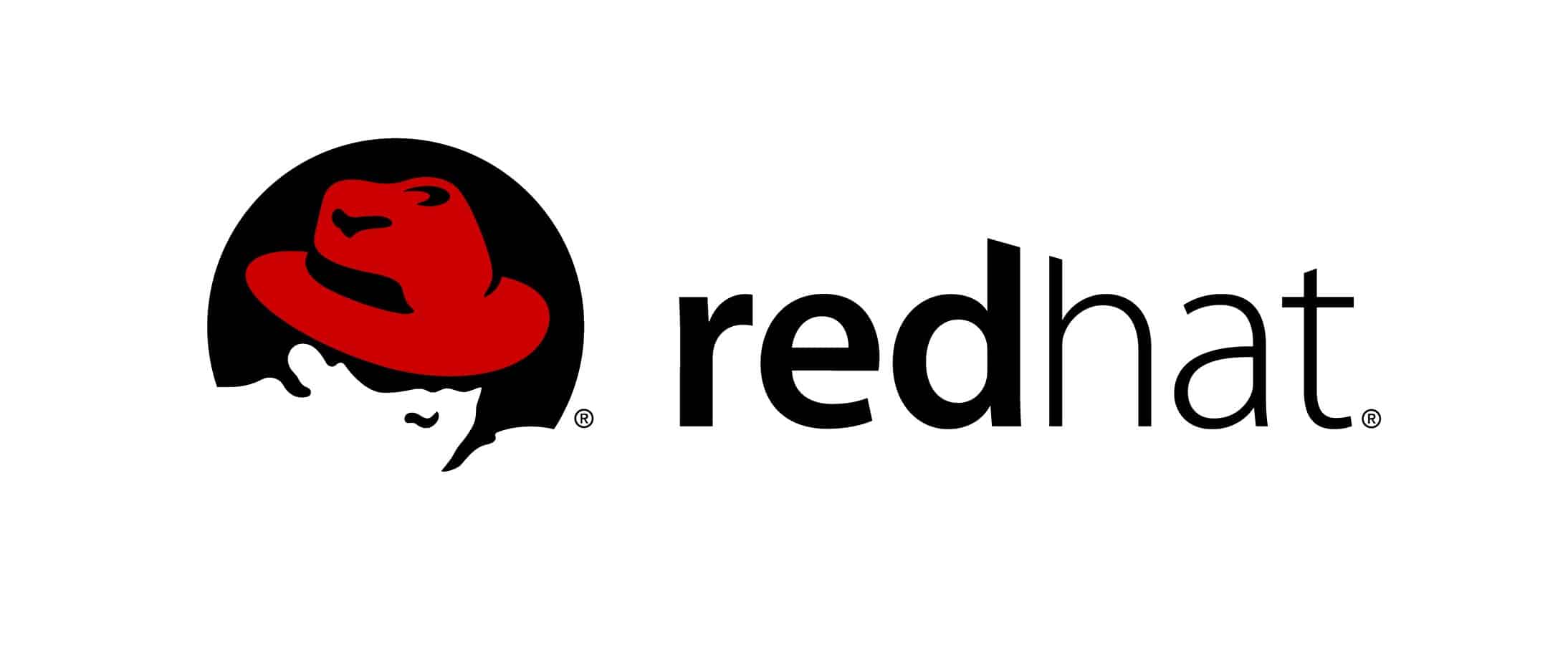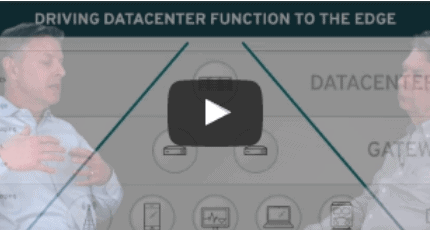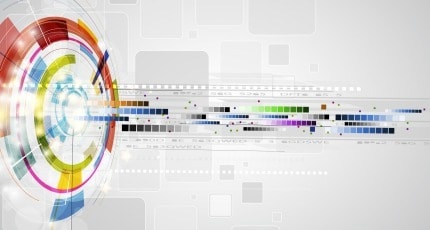Creating Business Value with the IoT, Part 4
Think Evolution, Not Revolution, for IoT Applications
In this video, Mike Piech, General Manager for Middleware at Red Hat, explains why new IoT tools represent an incremental change for firms that have already invested in an open, scalable infrastructure.
Learn more at www.RedHat.com/iot. Have a question? Email us here.
Watch the series from the beginning here.
Transcript
Adrian Bowles: You’re not seeing a big risk in having to swap out something that you’re comfortable with something else just for the IoT?
Mike Piech: Right. There certainly will be new and more specialized, I would say, incremental pieces of middleware and components and maybe even types of editing tools that one might use. It’s exactly that, it’s incremental. It’s not a rip and replace type of proposition.
Part of making the volume tractable is filtering and selecting, aggregating, et cetera. For that aspect there are tools like business rules, management systems, so for example, in our middleware we provide one of those. On the variety front there are also some bits of middleware that can be very helpful. For example, there’s data virtualization which is a layer of software that would allow data
sources that have different formats, different structures, and so on, to be aggregated in a middle man virtual layer where those different formats, those different structures can be normalized and then presented to the consuming layer as if all that data was [00:03:00] in one single, nice, clean, unified database, data structure, et cetera.
That’s a bit of help on the variety side. When you get to the velocity aspect, one of the key technical considerations there is to do as much as possible in memory. That’s where an in memory data grid really comes into play where you’re not having to write to disc and then consume from disc or have too many high latency interim steps and processing of the data. If you can everything in memory you can get a lot closer to real time, handle a lot greater velocity and Page 2 of 2 that’s where, again, a product, a middleware solution such as in memory data grid can really come to bear.
Adrian Bowles: Sounds like the key thing to remember is that if you’ve got a good middleware stack to begin with people shouldn’t sweat it?
Mike Piech: Exactly. That’s absolutely the idea.
Adrian Bowles: Great, thanks for joining us today.
Mike Piech: Thank you Adrian.
Adrian Bowles: Take care.
Creating Business Value with the IoT video series
-
Vignette #1:
-
Vignette #2:
-
Vignette #3:
-
 Vignette #4:Think Evolution, Not Revolution, for IoT Applications
Vignette #4:Think Evolution, Not Revolution, for IoT Applications -
Vignette #5:
Connect with Red Hat
About Red Hat
Red Hat, the world’s leading provider of open source software solutions, delivers reliable and high-performing cloud, Linux®, middleware, storage, and virtualization technologies that help you collect, communicate, transform, store, and act on critical data generated by the Internet of Things (IoT). Red Hat offers a single, extendable, and secure foundation to support the end-to-end life cycle of IoT solutions—from development to production.
Red Hat brings intelligence to the edge, bridging the gap between IT and operational technology for connectivity and interoperability between IoT devices, gateways, datacenters, and the cloud.
Learn more at redhat.com/iot.








